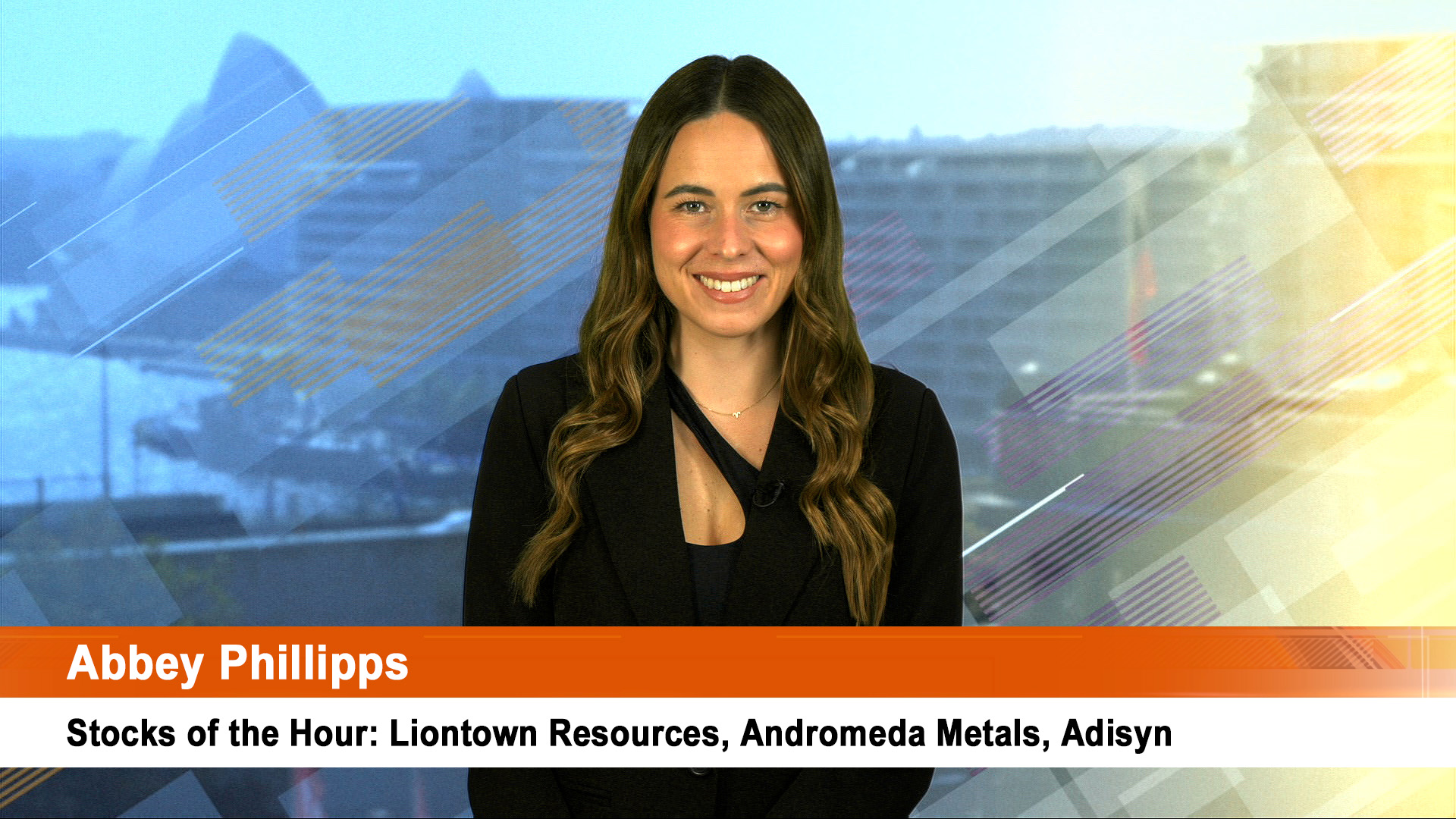
The past few weeks have been full of commentary questioning the resources boom and its impact on the wider economy.
Despite weak figures from domestic sectors such as retailing and building, car sales perked up in June, the labour market remains solid (but has slowed) and the trade account is still showing monthly surpluses.
But with just one month to go in the data for the June 30 financial year, the trade May figures, released earlier this week, actually show quite graphically just how much the boom has impacted the economy.
We are heading for record exports of around a quarter of a trillion dollars for the 2010-11 financial year and a trade surplus that could top $28 billion, which would also be a record.
And while China has been our fastest growing market, exports to Japan have held up, despite that country’s sluggish economy.
In fact we will have a bigger trade surplus with Japan (around $27 billion) in the year to June than with China ($20.5 billion).
Terms such as the terms of trade (how much we get for our exports over how much we pay for our imports) are a bit nebulous, and the sharp rise in the value of the Australian dollar has cut the improvement in the terms of trade and the size of the monthly surpluses.
The surpluses are coming, as reported widely, from higher prices and volumes for iron ore, and higher prices for coal, LNG, copper and for rural products.
The Reserve Bank pointed out this week that commodity prices rose 12% in Australian dollar terms, as measured by its commodity price index, and by 28% in SDR terms (Special Drawing Rights which is a sort of international currency used by central banks and groups like the IMF).(See the above graph).
"Much of this rise has been due to increases in iron ore, coking coal and thermal coal export prices,” the bank said.
With the Australian dollar up 27% in the year to June, the real rise in the value of the index (and our commodities) was a massive 39%.
According to this week’s trade figures for May, Australia had a trade surplus of around $26 billion in the 11 months ending May 31.
A year earlier we had a trade deficit of more than $6 billion.
We had export income of just over $224 billion, up 24.8%, or nearly $45 billion from the same period in the 2010 financial year.
Imports were $198 billion, up a more sedate 6.6%, or $12.4 billion, for the 11 months.
Much of that rise in imports was due to higher prices for oil and petrol imports, especially from the start of this year.
Based on exports of just over $26 billion in May, the total for the year to June 30 will come in roughly around $250 billion, an all time high.
With a solid rise in commodity exports forecast for the 2011-12 financial year, that could see another $20-$30 billion added to it, depending on how China goes.
Imports will hit the $220 billion mark, or a bit more for 2010-11.
The import rise was in some respects more interesting, as it must have reflected a pretty buoyant local economy.
With the strong dollar both making imports cheaper and masking an even bigger real underlying increase.
China is our biggest export market with shipments up to $58.2 billion for the 11 months to May, from $41 billion in the same period of 2009-10.
Our trade surplus with China doubled to $20.55 billion.
But exports to Japan also surged (thanks to higher volumes and prices of iron ore, coal, LNG and oil).
In the 11 months to May total exports to Japan were $42.3 billion, up from $33.04 billion. Our trade surplus with Japan was $27.7 billion, up from just over $19.2 billion.
South Korea is another of a our big markets and the trade surplus was just over $14 billion in the 11 months to May, up from $9.4 billion.
Exports to South Korea rose strongly to $20.4 billion in the 11 months to May, from $14.6 billion.
But our trade surplus with India is down to just under $12 billion from $14.3 billion as exports fell to $13.9 billion from $14.5 billion.
We still ran a surplus on tourism overall. But it shrank from $7 billion to less than $3 billion.
If the dollar stays over $US1.05, it will disappear this year.
And all these surpluses get turned into a current account deficit after accounting for our big interest bill on the foreign debt.
Our deficit trading partners is dominated by the US with which we ran a trade deficit in the 11 months to May of $12.8 billion, up from $12.3 billion.
We also have deficits with Singapore, Thailand and Ireland.
That’s mostly pharmaceuticals, computers and other products, cars, car parts, chemicals and capital goods.













